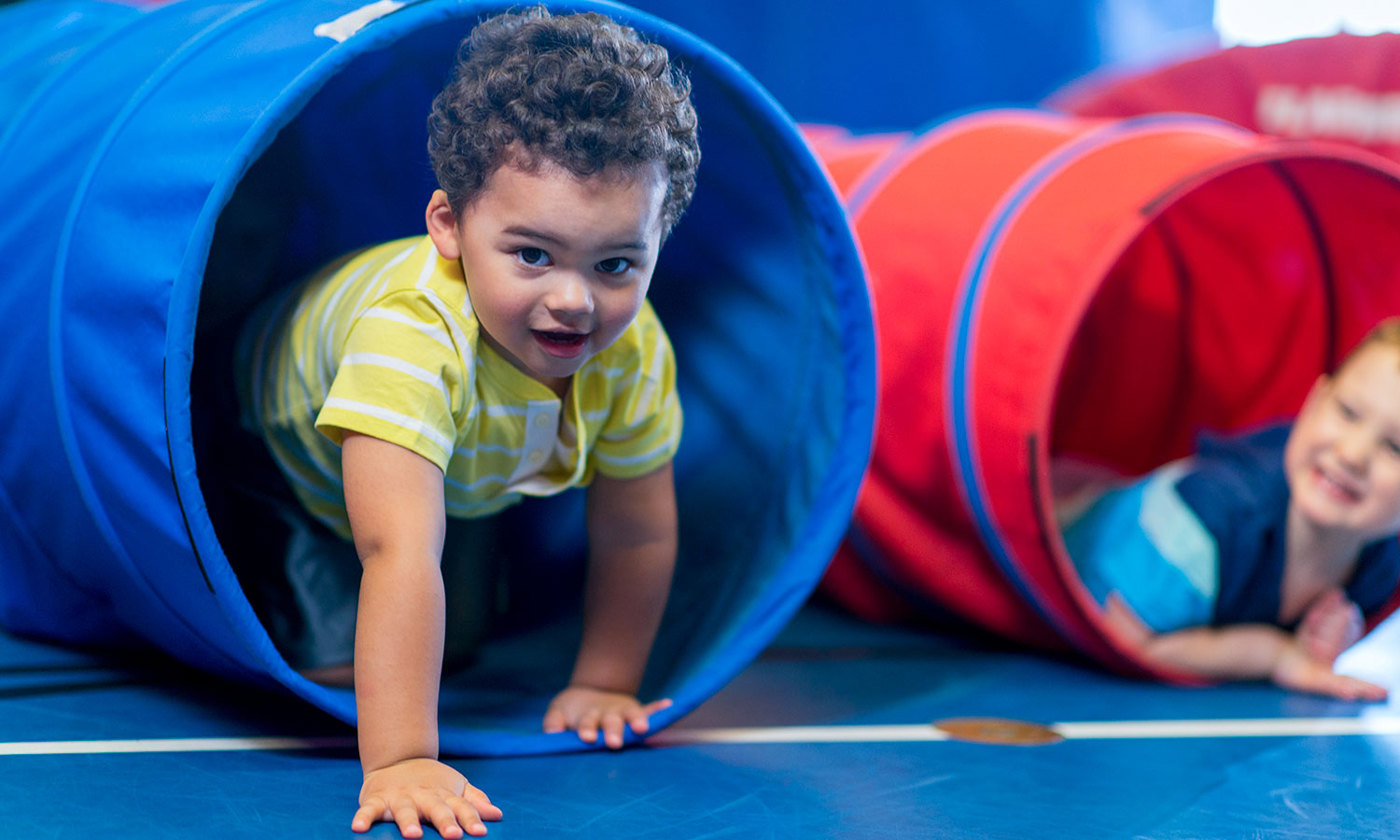Like what you see?
Sign up to receive more free parenting advice.
Thank you for subscribing to our newsletter!
Child Development

Credit: iStock.com/FatCamera
Ensuring your children get plenty of regular physical activity is something most families see as essential for overall health, but an early learning centre study has shown it can increase activity and improve behaviour as well.
We know that exercise helps to build strong bones and muscles, playing a huge role in reducing the risk of a variety of diseases, such as cancer and heart disease. In addition, it is proving to reduce impulsive behaviour and improve children’s socialisation.
The Active Early Learning Study, which was conducted in partnership with the Australian College of Physical Literacy (ACPL) was first published in the International Journal of Behavioral Nutrition and Physical Activity.
The study by researchers at the University of Canberra Research Institute for Sports and Exercise (UCRISE) has unveiled a solution to increase physical activity in early childhood – the use of peer coaches working in collaboration with educators.
A key finding is that children at Early Childhood Learning Centres (ECLC) who took part in the Active Early Learning (AEL) research increased their daily physical activity by 28 minutes, and moderate-to-vigorous physical activity by 16 minutes.
These statistics can be compared to the World Health Organisation’s guideline recommendations of 180 minutes of physical activity per day and moderate-to-vigorous physical activity of 60 minutes per day; indicating that the peer-coaching approach made a sizeable contribution towards a child’s daily physical activity requirements.
The AEL program, for three and four-year old children, was a peer coach-facilitated program - which was designed to help early learning and care staff imbed physical activity into the daily curriculum, both inside and outside the classroom. The program was delivered by educators, directed and supported by a peer coach working across a network of centres.
The team at UCRISE was led by Dr Rohan Telford along with fellow UCRISE researcher, Professor Dick Telford. The father/son team are leading sport and exercise scientists.
One of the main findings was that an increase in physical activity led to a reduction in impulsive behaviour.Andrew Smith
Stay up to date with the latest news and articles from First Five Years
Thank you for subscribing to our newsletter!
Physical activity reduces impulsive behaviour
Andrew Smith, CEO of ACPL, says partnering with the team at UCRISE had been an incredible experience.
“It’s the only study globally to show an improvement in physical activity into what's called the maximum exertion of activity. This isn’t just about running and jumping, but actually getting the heart rate up. So, it's the first study in the world to show that and it’s very important for the children as we see increases in obesity and screen time issues, but also getting them ready for school,” Mr Smith said.
“One of the main findings was that an increase in physical activity led to a reduction in impulsive behaviour. The children’s behaviour improved, socialisation improved and they became better at working together.
“There was also evidence that the children showed leadership and a desire to support each other. There were also improvements in cognitive development, as well as expressive vocabulary, which is another important measure of development.”
Lowering stress and anxiety
Another key finding was the heart rate variability in the group receiving the curriculum was higher, which is a strong indicator for reduced stress and anxiety when compared to the group who didn’t receive the AEL curriculum.
The study also showed that the educators were more engaged with the children, the environment was more conducive to learning and the children were ready to learn.
The AEL program was a very personal approach, customised for each early learning centre and delivered using a peer facilitated coaching model. This was seen as the best way to help educators include more physical activity into their existing curriculums.
The coaches visited the centres each week to help lend their support, allowing them to build relationships with educators so that, together, they were able to increase the level of physical literacy.
“The research findings that physical activity can be greatly increased by making some adjustments to the daily routine in early learning centres, combined with improvements in cognitive, social and vocabulary, is great news,” Mr Smith said.
“And from the study came the curriculum which we are now implementing in over 50 centres. We have a professional development pathway for the educators to support them, to help build their confidence to deliver this program every day, both in and outside of the classroom.
“We continue to work closely with the educators and we also have a program that engages parents via social media, keeping them up to date on what's happening with their children so they can become involved and support the centres.
“We conduct baseline testing for all the children and provide reports for the parents as their children transition into school. This shows the impact of the curriculum on their child’s development.
“We also drive awareness in the community; we want people to know that these centres that have the Active Learning Curriculum are really setting the pathway and a strong foundation for their children now and into the future.”







